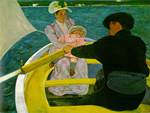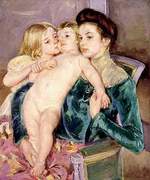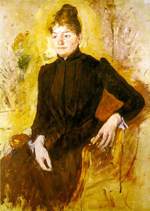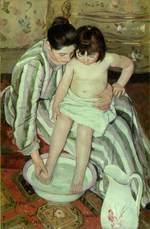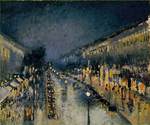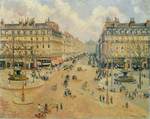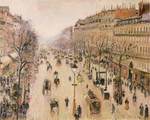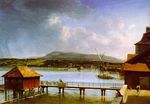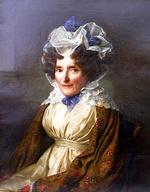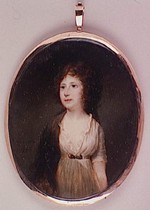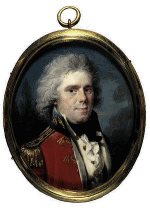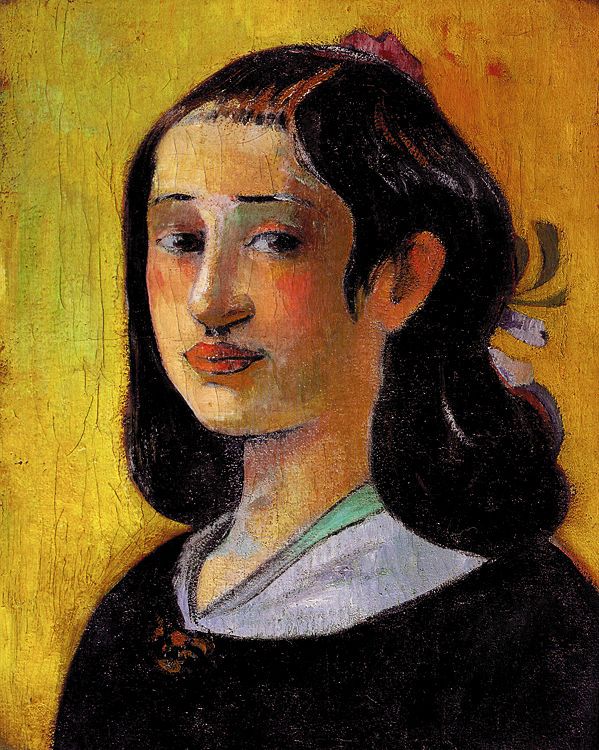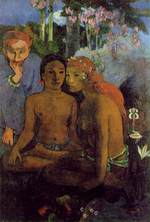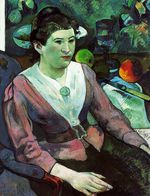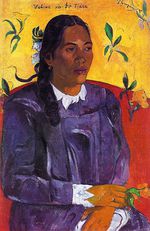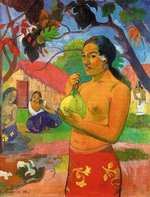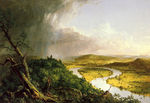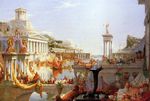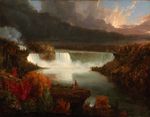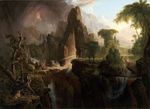Featured Artist at the e.Gallery: Élisabeth-Louise Vigée-Lebrun

|
Featured Artist at the e.Gallery this week is a 19th Century artist of the Neoclassicist movement, Élisabeth-Louise Vigée-Lebrun [French, 1755-1842] Link: http://fineart.elib.com/fineart.php?dir=Alphabetical/Vigee-Lebrun_Elisabeth-Louise Élisabeth-Louise Vigée-Le Brun (b. 1755 Paris, d. 1842 Paris), was a French, Neoclassicist, Portrait artist. Her father, a portrait painter, died when she was twelve, so she taught herself to paint by copying the paintings of established masters in collections around Paris. Later in life, after studying the paintings of Peter Paul Rubens, she adopted his technique of painting layers of brilliant color on wood panels to achieve animated, polished, and supremely attractive portraits of European royalty and aristocracy. |
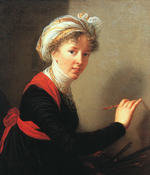 Self-Portrait |
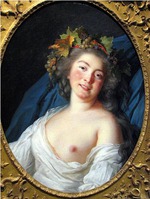 Bacchante |
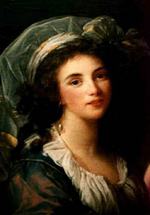 The Marquise de Peze (detail) |
 Bacchante |





